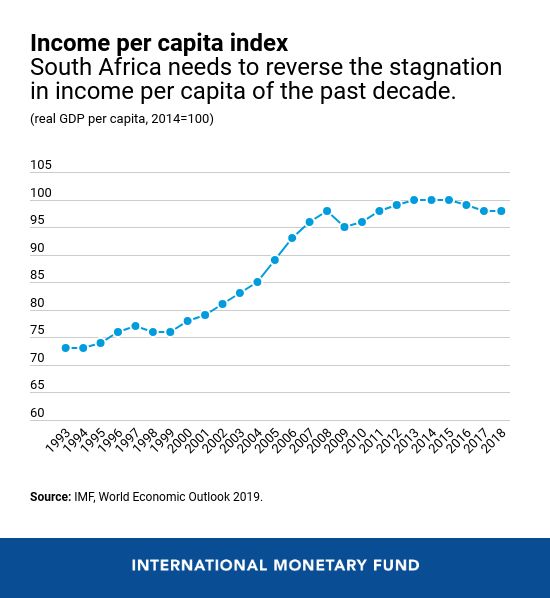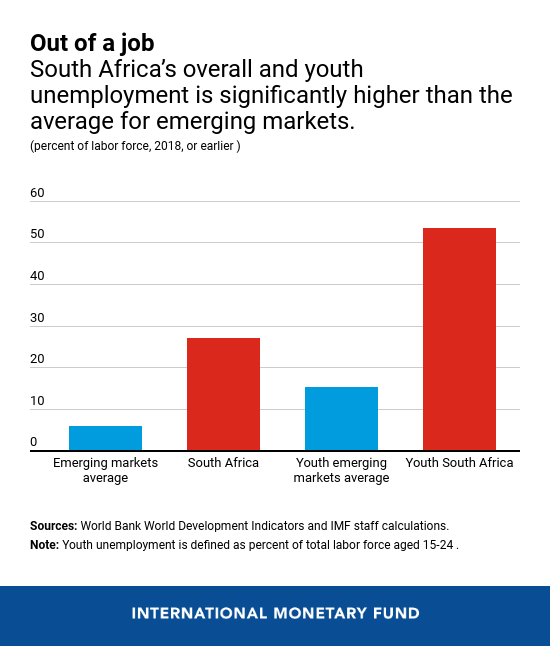My fellow Americans, we face a national emergency. Never before have we had a president so utterly lacking in personal integrity, so able to lie and abuse his powers with such impunity and so blindly backed by an amoral party, an unscrupulous attorney general and a media-fund-raising juggernaut. It is an engine of raw power that will cram anything the president says or does right down your throat.
James Carville had it exactly right when he noted on "Morning Joe" the other day that the only thing standing in the way of lasting damage by this machine to all that makes America unique and great is the Democrats' nominating the right person to defeat Donald Trump.
We have to get this right. This is no ordinary time, no ordinary Republican Party, no ordinary incumbent, and it will require an extraordinary Democratic machine to triumph.
Because, without doubt, Russia and China also will be "voting" Trump 2020 — for three reasons: (1) Trump keeps America in turmoil and unable to focus on building the infrastructure we need to dominate the 21st century the way we did the 20th. (2) Both Beijing and Moscow know that Trump is so disliked by America's key allies that he can never galvanize a global coalition against China or Russia. And (3) both Russia and China know that Trump is utterly transactional and will never challenge them on human rights abuses. Trump is their chump, and they will not let him go easily.
ADVERTISEMENT
Continue reading the main story
So who is the right Democratic candidate? Well, for starters I will tell you who it is not. It is not Bernie Sanders. On which planet in the Milky Way galaxy is an avowed "socialist" — who wants to take away the private health care coverage of some 150 million Americans and replace it with a gigantic, untested Medicare-for-All program, which he'd also extend to illegal immigrants — going to defeat the Trump machine this year? It will cast Sanders as Che Guevara — and it won't even be that hard.
Yes, the failures of American capitalism to deliver inclusive growth, which have propelled the Sanders campaign and animated his followers, require urgent attention by our next president. But Sanders, in key cases, has the wrong solutions to the right problems. He's the wrong candidate to take down Trump.
Please, Democrats, don't tell me you need Sanders's big, ill-thought-through, revolutionary grand schemes to get inspired and mobilized for this election. You want a revolution? I'll give you a revolution: four more years of Donald Trump, unencumbered by the need to get re-elected. That will be a revolution! And it will do permanent damage to the institutions and norms that have sustained this country since its founding, not to mention our environment, which Trump has been selling off to oil, gas and mining companies at an alarming pace.
So, who is the right candidate and what is the right strategy?
On strategy, we know the formula that works, because it already has: Appeal to independents, moderate Republicans and suburban women. These are the constituencies that did not like Hillary Clinton and were ready to give Trump a chance in 2016 — but abandoned him in 2018 and delivered the House of Representatives to the Democrats, and then also two governorships in red states.
If Democrats can choose a candidate who can hold the core Democratic base and also appeal to these same independents, moderate Republicans and suburban women in the key swing states, they can absolutely defeat Trump.
Editors' Picks
MAGA War on Architectural Diversity Weaponizes Greek Columns
The Unhealthy Math of Skinny + Pretty = Good
Westminster Dog Show Photos: Ready for Prime Time
Continue reading the main story
ADVERTISEMENT
Continue reading the main story
How do you do that as a candidate?
For starters, by stressing national unity, personal integrity and a willingness to pursue bipartisanship whenever the other side is ready. A lot of Americans are worried sick that Trump is tearing the country in half.
As Larry Diamond, editor of The Journal of Democracy, pointed out to me, several studies he's been publishing show that the best way to defeat illiberal populism is not by trying to out-polarize the polarizer in chief but rather through broad, inclusive electoral strategies that pragmatically address the economic and social concerns of voters, including those who had previously voted for the populist.
That was the approach that enabled the secular opposition to defeat the party of Turkey's autocratic president, Recep Tayyip Erdogan, in municipal elections last year in Istanbul and other cities. A similar depolarizing approach powered the victory of Greece's liberal-centrist New Democracy party over the ruling left-wing populist Syriza in national elections last year.
You also do it by repeating every hour every day — with evidence — that Trump is out to destroy Obamacare through the courts, which means eliminating its coverage for pre-existing conditions, and only the Democrats will save it and improve it.
You do it by not only talking about how to redivide the pie — which we need to do — but by also talking about how to grow the pie, how to create more taxpayers and how to inspire more innovators. Ours is a capitalist country. Americans admire successful entrepreneurs. Let's praise job creators and risk-takers — as long as they and their companies pay their taxes. You want more and better jobs, you need more Steve Jobs.
You do it by celebrating the growing economy that Barack Obama reignited and Trump continued, while making clear that it still needs work. Too much of the Trump tax cuts have gone to companies and the most wealthy, with virtually nothing invested in infrastructure — roads, ports, schools, bandwidth, scientific research — or affordable housing, which we must have for inclusive prosperity.
You do it by hitting Trump hard on the environment, but not focusing just on "climate change," which is an abstraction for most people. Trump is unfit to serve four more years because of how he has removed so many protections for the water and air America's kids drink and breathe every day.
ADVERTISEMENT
Continue reading the main story
And you do it by supporting a balanced approach to immigration reform — a high wall, with a big gate.
I was glad to see candidates with this kind of message, like Amy Klobuchar and Pete Buttigieg, trending better in Iowa and New Hampshire. It showed that lots of Democrats are searching in this direction.
But there is one candidate on the Democratic side who not only has a track record of supporting all those issues but also has the resources to build a machine big enough to take on the Trump machine.
This candidate also has the toughness to take on Trump, because while Trump was pretending to be a C.E.O. on the show "The Apprentice," this candidate was actually building one of the most admired global companies as a real C.E.O.
This candidate is not cuddly, he is not always politically correct and he will not always tell you what you want to hear — or try to outbid you on how many free services he'll give away. He's made mistakes, especially around stop-and-frisk policing in New York City, which disproportionately targeted black and brown men and for which he recently apologized.
His mistakes, though, have to be weighed against a record of courageously speaking out and devoting enormous personal resources to virtually every progressive cause — gun control, abortion rights, climate change, Planned Parenthood, education reform for predominantly minority schools, affordable housing, income inequality and tax reform. And he has vowed as president to focus on building black wealth, not just ending poverty.
And this candidate knows how to get stuff done — he can fight this fire at the scale of the fire. His team has for years used social networks to promote progressive issues to centrist and conservative audiences. He won't cede the internet/Facebook/Twitter battlefield to Trump's team, who are killers in that space.
ADVERTISEMENT
Continue reading the main story
And this candidate is now rising steadily in the polls. This candidate is Michael Bloomberg. This candidate has Trump very worried.
Yes, Sanders is also polling well against Trump, but the Trump machine has not begun to focus on him yet — it hasn't begun bombing Facebook with ads about how Sanders honeymooned in the Soviet Union.
Sitting here today, Bloomberg — paired with a progressive vice-presidential candidate who can appeal to Sanders's voters — has the best chance to carry the day.
In an age when political extremists go all the way, and moderates tend to just go away, Bloomberg has the right stuff — a moderate progressive with a heart of gold but the toughness of a rattlesnake — for what is going to be an incredibly big, brutal task: making Donald Trump a one-term president.
(Disclosure: Bloomberg Philanthropies has donated to Planet Word, the museum my wife is building in Washington, to promote reading and literacy.)
The Times is committed to publishing a diversity of letters to the editor. We'd like to hear what you think about this or any of our articles. Here are some tips. And here's our email:
letters@nytimes.com.
Follow The New York Times Opinion section on Facebook, Twitter (@NYTopinion) and Instagram.
Thomas L. Friedman is the foreign affairs Op-Ed columnist. He joined the paper in 1981, and has won three Pulitzer Prizes. He is the author of seven books, including "From Beirut to Jerusalem," which won the National Book Award.
--
John Case
Harpers Ferry, WV









